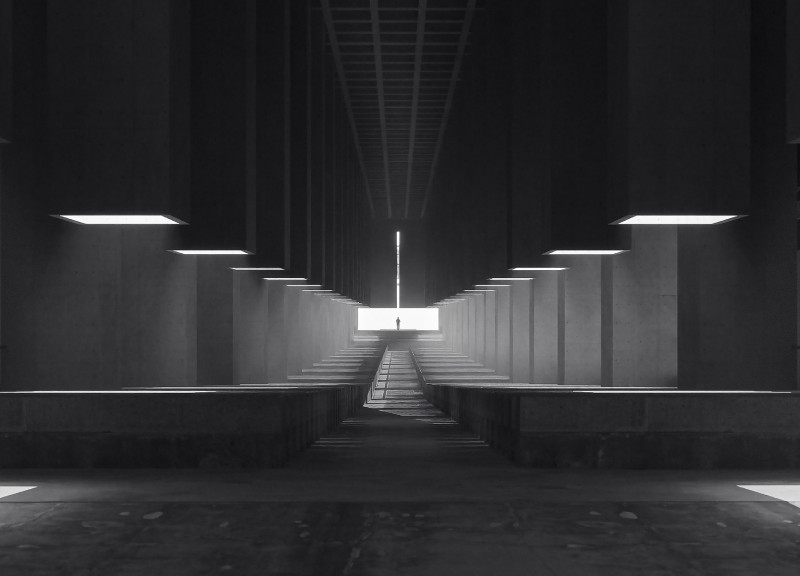5 key facts about this project
At its core, the project emphasizes an open-plan layout, which facilitates seamless movement and interaction. This design approach not only enhances spatial fluidity but also allows natural light to permeate the interior, thereby creating a warm and inviting atmosphere. The architectural plans demonstrate a meticulous arrangement of spaces that prioritize accessibility without compromising on aesthetic appeal. Areas such as communal gathering spaces are strategically placed to encourage users to engage with one another, while quiet nooks are thoughtfully integrated to support individual activities or moments of solitude.
The materiality of the project is another significant aspect that contributes to its overall character. A careful selection of sustainable materials underscores a commitment to environmental stewardship. The use of locally sourced timber not only provides structural support but also adds warmth and texture to the interiors. Coupled with large expanses of glass, these materials foster a connection between the indoor environment and the natural world outside, allowing occupants to experience a harmonious blend of interior and exterior landscapes. The incorporation of concrete elements provides durability and a sense of permanence, juxtaposed against the lightweight nature of timber, which enhances the architectural language.
Uniquely, the project employs innovative design techniques that challenge traditional architectural norms. For instance, integrating green roofs and vertical gardens not only improves air quality but also acts as a visual focal point, reinforcing the building's commitment to sustainability. This biophilic approach enriches the inhabitants' experience, offering varied sensory stimuli and promoting well-being. Additionally, the project incorporates passive design strategies, such as strategic shading and natural ventilation, to minimize energy consumption, showcasing a forward-thinking attitude towards responsible design.
The architectural sections reveal a thorough understanding of how vertical circulation is managed within the space. Staircases are designed not merely as means of movement but as central elements that invite users to traverse the building while appreciating the varied spatial qualities. Each level is interconnected, allowing for dynamic interaction among different functions, while corridors are designed to be expansive and bright, alleviating the often-dreary atmosphere that accompanies traditional hallways.
Furthermore, the design reflects cultural influences from its geographical location, integrating local architectural vernacular with contemporary aesthetics. This grounding in context ensures that the project resonates with its surrounding community, inviting users to take pride in its existence while fostering a unique architectural identity.
The interaction between indoor and outdoor spaces is particularly noteworthy, as terraces and balconies are designed to extend living areas beyond the building's envelope, encouraging outdoor activities and relaxation. This deliberate choice promotes a lifestyle that values connection to nature, further reinforcing the project’s overarching themes of sustainability and community engagement.
As the project unfolds, it becomes evident that every decision, from the overall layout to the smallest detailing, is informed by a desire to enhance the experience of its users. From the careful selection of materials that speak to both aesthetic and practical concerns, to the unique design approaches that challenge conventional architecture, this project stands as a compelling example of what thoughtful design can achieve.
For those interested in exploring the depth of this architectural design, a closer examination of the architectural plans, sections, and overall architectural ideas will provide further insights into the innovative thought processes at play. Engaging with these elements allows for a richer understanding of how the spaces work together to fulfill the project's vision. Delve deeper into this architectural presentation to discover the many layers that contribute to its significance and relevance in contemporary design discourse.


 Avery Paxton Seip
Avery Paxton Seip 




















